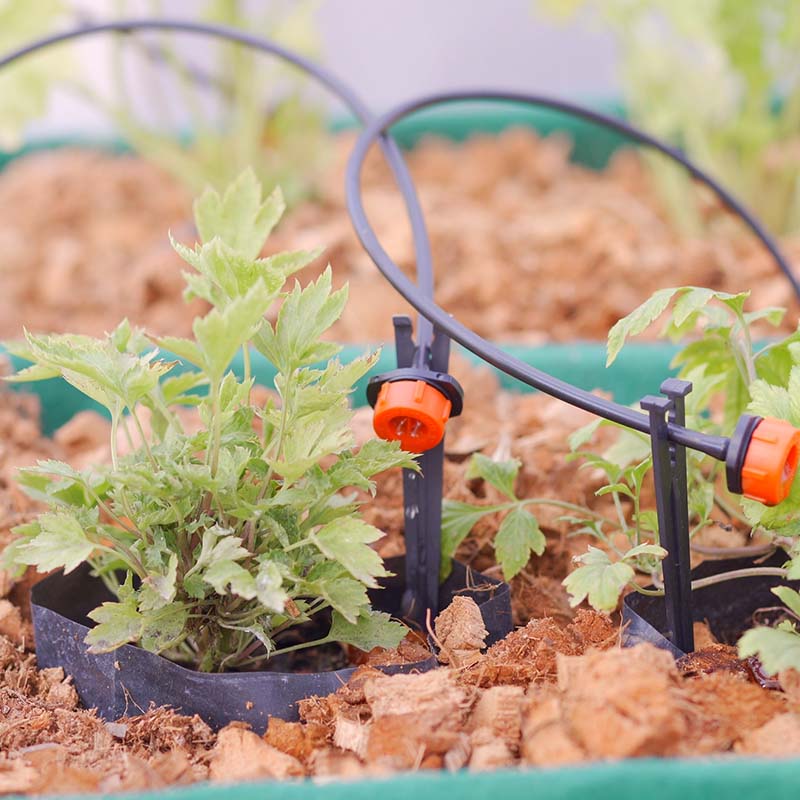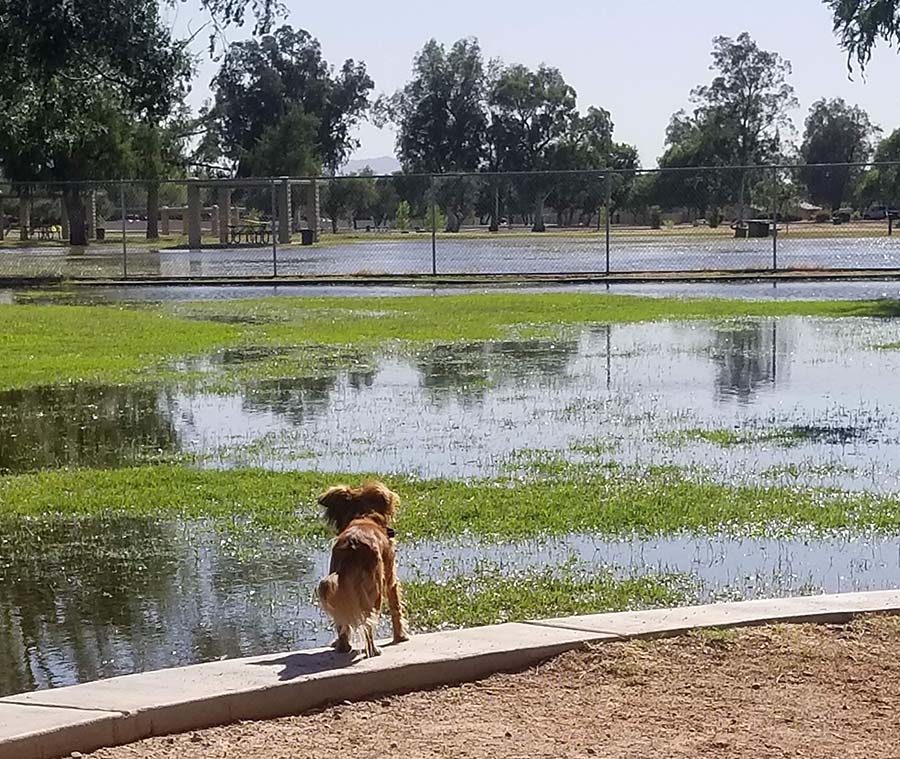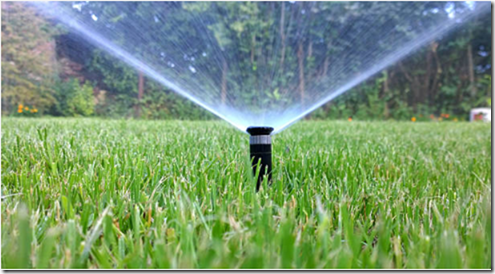Irrigation
‘Sustainability’ is the definition of preserving, conserving, and updating irrigation equipment in your community with cost effective decisions. Community Resource Advocates is designed to assist board members to research “best known practices” and to offer solutions for sustainable options. Here are some suggestions to assist in keeping up the community’s irrigation system in ideal sustainable condition. CRA (Community Resource Advocates) is not recommending, suggesting, or promoting any specific contractor. CRA only shares professional advice that is promoted as ‘sustainable’.


Smart Water Policy
“Smart water policy and careful planning, investment, and management have enabled AMWUA’s members to build robust, reliable water supplies that support our communities and economy. It is imperative that we continue to address the issues in front of us to ensure the future viability of those supplies.”
The Colorado River system, which provides 45 percent of the AMWUA members’ collective water supplies, has also experienced extensive drought conditions for the past 18 years. Due to over-allocation exacerbated by the prolonged drought, Lake Mead has dropped to historically low reservoir levels, and a Tier 1 Shortage has been declared for 2022.

Drought & Shortage
Who has looked at your community’s water bill? Since water is the most important commodity for any living thing, it is not surprising the cost goes up as the demand goes up. Since water is so expensive, why is it that most communities don’t have a watering guide?
At different pressures, the sprinkler head and nozzle will consume different amounts of water. For example, at 35 pounds per square inch (PSI) the 5000 Series Rotor using the 3.0 nozzle will use 3.11 gallons per minute (GPM). If your home’s water capacity was 10 GPM, you could place 3 heads per zone.
If you had 10 – 3.0 nozzle heads spraying in an area for 15 minutes the estimated amount of water being sprayed would be approximately 466.5 gallons of water in a session. Where in the watering schedule or guide does your community justify the amount of water being used?
Spray heads pop up out of the ground between 2 and 12 inches. They have a constant stream of water between 2 to 20 feet. These heads put out about three times as much water as a rotary head, and for this reason it is usually not a good idea to put these heads in the same zone. Rotary heads have the ability to cover greater distances and are more beneficial to large areas of lawn.
Water Management Systems
If your community does not know how many spray heads, rotors, or drip zones they have, they cannot successfully create a watering management system.
Over-stressed plant material from being starved of water because the drip line is blocked by age, root systems or maybe just plugged at the emitter. When the plants are deprived of water, they will do the same as humans, slowly decline. Energy will diminish. Parts of the plant will die to save other parts of the plant. All plants want to survive. It is in the inherent nature of all living species so keeping your irrigation system in top working order is considered ‘sustainable practices’.

Sustainable practices will consist of ‘preventable policies.’ Community Resource Advocates educate on preventable actions as well as assisting in creating a sustainable program for your community’s irrigation system.
